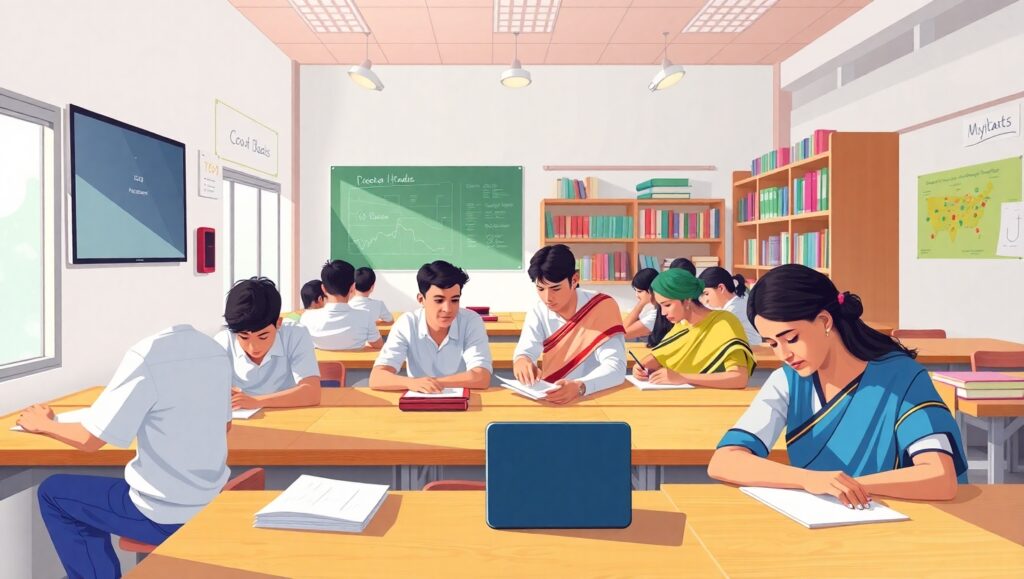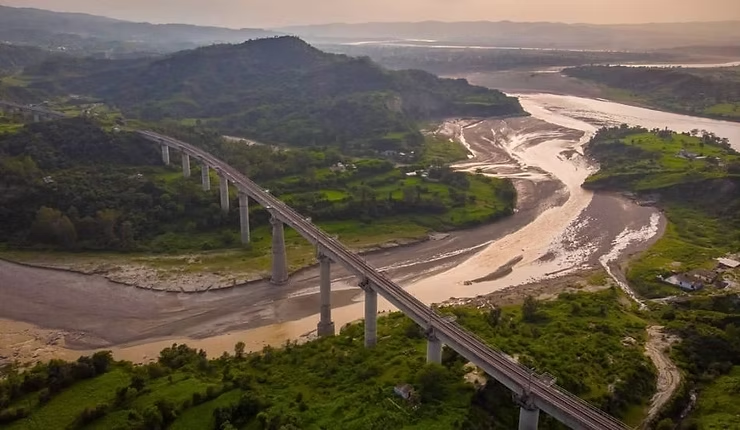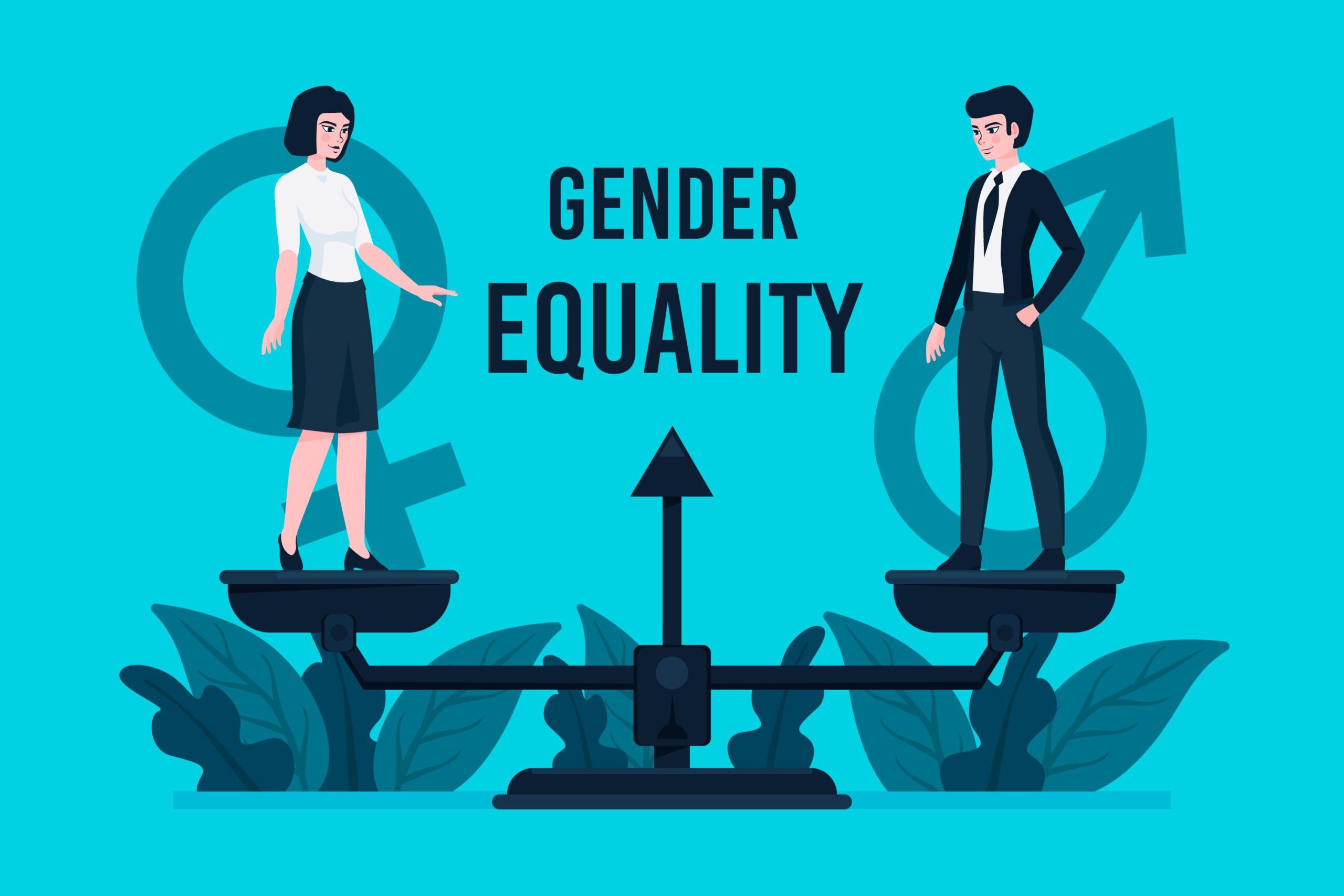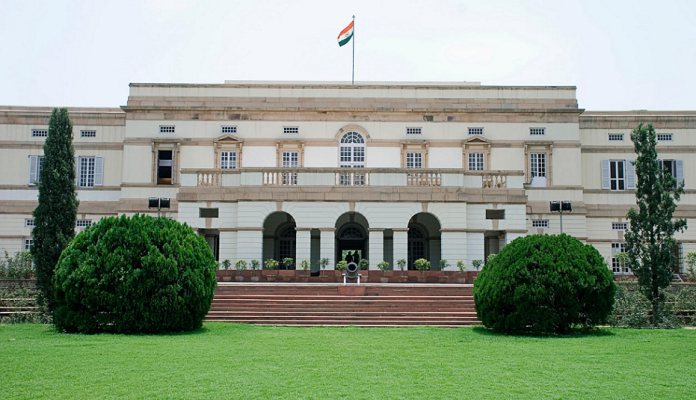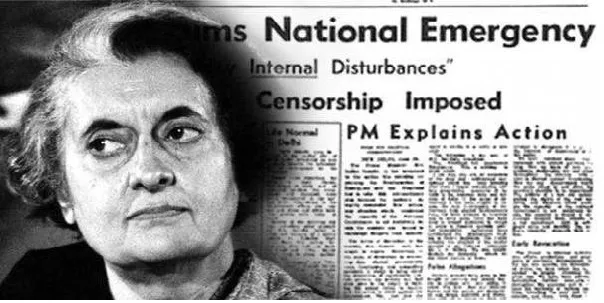Why In News:
The Ministry of Education released the PGI 2.0 report, which ranks States and UTs on the quality of school education.
- Top Performer: Chandigarh (703 points)
- Lowest Performer: Meghalaya (417 points)
What is PGI 2.0?
- A tool to assess and grade school education performance across India.
- Launched: In 2017; PGI 2.0 aligns with NEP 2020 and Sustainable Development Goals (SDGs).
- Published by: Ministry of Education, Government of India.
- Covers: 6 major areas with 73 indicators:
- Learning Outcomes
- Access
- Infrastructure & Facilities
- Equity
- Governance Processes
- Teacher Education & Training
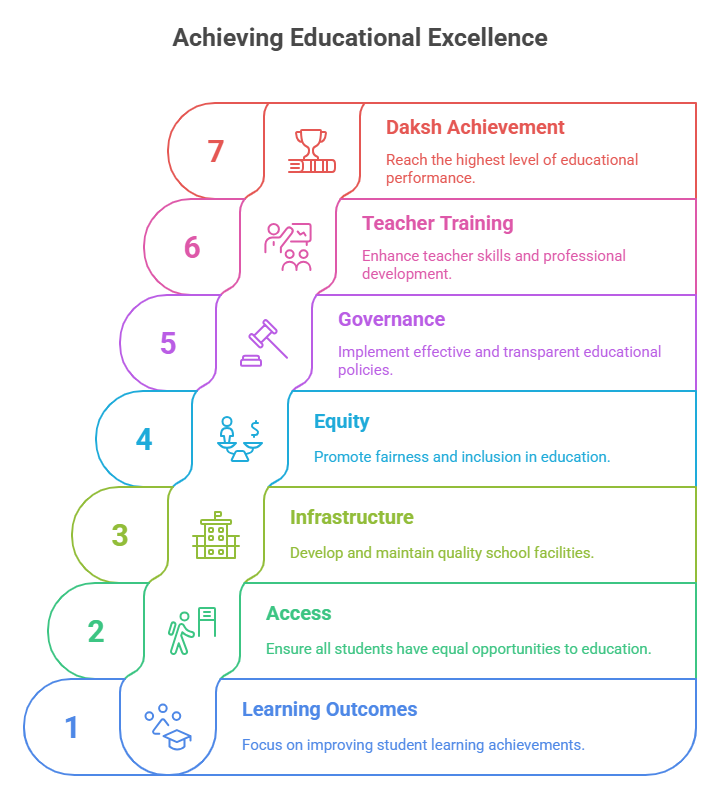
Scoring: Out of 1000 points; divided into 10 bands, from Daksh (highest) to Akanshi-3 (lowest).
Highlights from PGI 2.0 Report
Positive Trends:
- Overall Improvement:
- 24 States/UTs improved scores in 2023–24.
- Access Success:
- Odisha achieved Daksh in Access.
- Bihar, Telangana, Jharkhand showed major gains in enrolment and retention.
- Infrastructure Development:
- Delhi, J&K, Telangana made significant improvements in digital classrooms, electricity, toilets, etc.
- Learning Outcomes:
- Chandigarh, Punjab, Puducherry performed well in foundational learning quality.
- Equity and Inclusion:
- Gender gaps and disparities in SC/ST/minority education slightly narrowed.
- Good Governance:
- Chandigarh showed strong digital governance through UDISE+, and better fund usage.
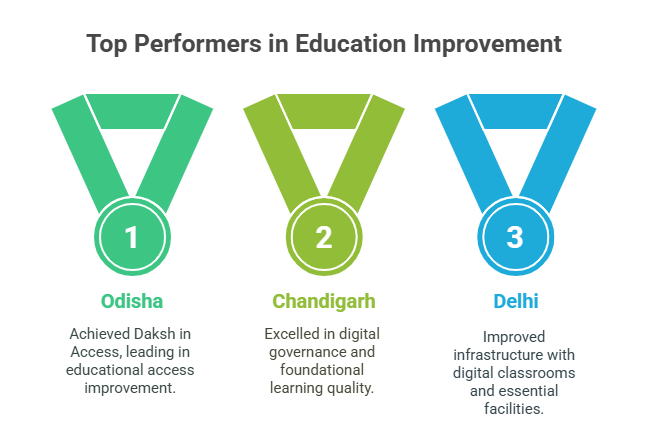
Negative Trends:
- No State in Top Bands:
- No State/UT scored in Daksh (951–1000) or Utkarsh (861–950) bands.
- Low Learning Outcomes:
- Across India, foundational literacy and numeracy remain weak, as highlighted in NAS 2021.
- High Inequality:
- A 286-point gap between Chandigarh (703) and Meghalaya (417) shows regional imbalance.
- Falling Performance in 12 States:
- Bihar, Karnataka, West Bengal, Andaman Nicobar, Ladakh, etc., recorded a drop in scores.
- Infrastructure Deficiencies:
- Many lower-ranked States lack functional toilets, labs, libraries, boundary walls—key for equity and learning.

Way Forward:
- Improve Learning Outcomes:
- Focus on basic literacy and numeracy as per NEP 2020.
- Widen Access:
- Retain children from vulnerable and marginalised groups.
- Strengthen Governance:
- Use digital tools and stronger monitoring for effective policy execution.
- Upgrade Infrastructure:
- Prioritise labs, libraries, and digital classrooms in underperforming States.
- Ensure Equity:
- Close gaps in gender, caste, and rural–urban education quality.
Conclusion:
The PGI 2.0 report is a valuable tool to monitor progress in school education. While access and infrastructure have improved, learning quality and equity still need major attention. India must act urgently to meet SDG 4 (Quality Education) targets by 2030.

